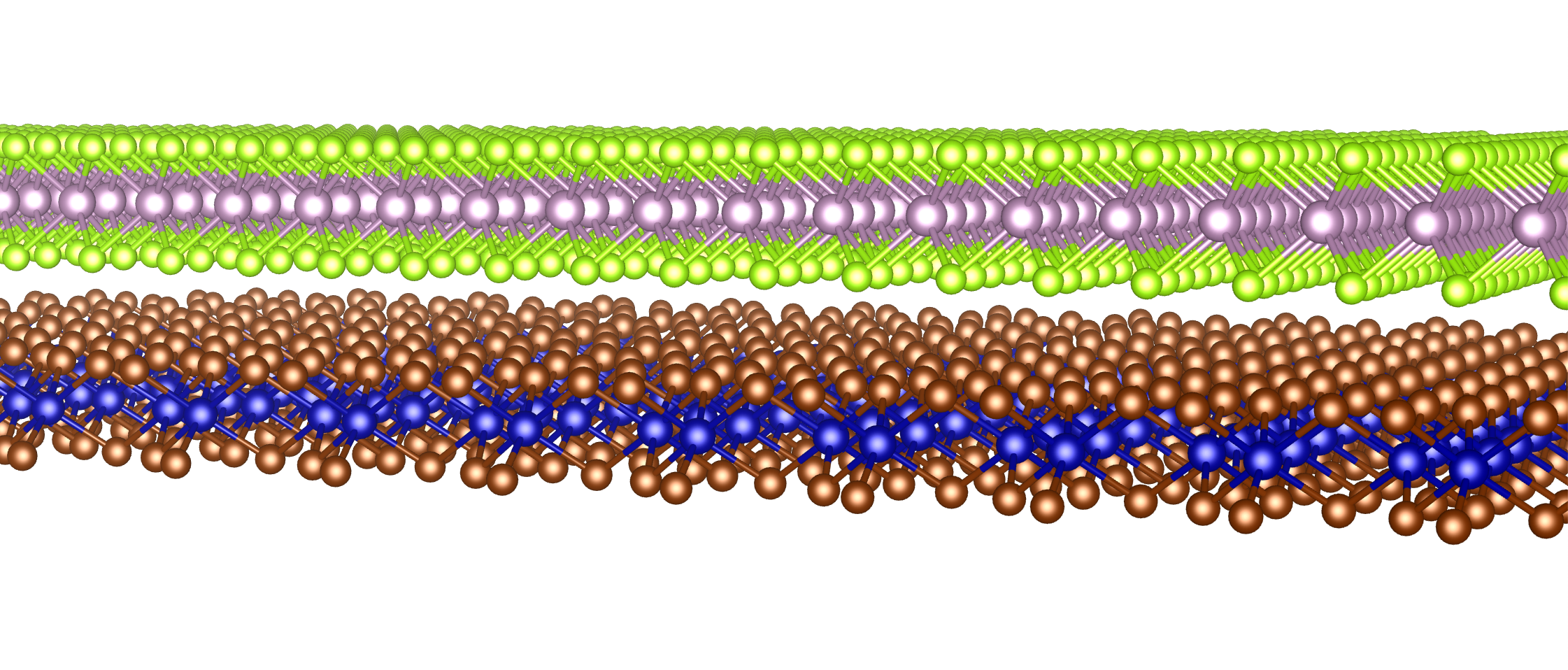Breakthrough in engineering electronic properties of atomically thin crystals
Optical experiments show the transfer of magnetic order from a neighboring magnetic material into a two-dimensional semiconductor
A collaboration of researchers from the Universities of Sheffield, Manchester Exeter, in the United Kingdom, Tsukuba in Japan, and the International Iberian Nanotechnology Laboratory, headquartered in Portugal, has studied how magnetic order is transferred from a ferromagnetic crystal into an atomically thin semiconductor layer deposited right on top. The finding, published on November 26th in the journal Nature Communications, provides a resource for the engineering of novel electronic phases in composite artificial materials where different atomic layers are intercalated.
The team of researchers fabricated an artificial structure where an atomically thin semiconductor is placed on top of a ferromagnetic crystal. The join measurement of the optical properties of the semiconductor and the magnetic properties of the ferromagnet gave compelling evidence that the magnetic order of the ferromagnetic was transferred into the semiconducting layer, that would remain otherwise non-magnetic. The researchers of INL carried out calculations of the electronic structure that make it possible to elucidate the origin of the transfer of the magnetism to the semiconducting layer.
INL researcher Joaquín Fernández-Rossier said that “these findings show the potential of intercalation of atomically thin crystals as a strategy to design the electronic properties of artificial structures with atomic-scale precision”.
+ Link to original Publication: https://www.nature.com/articles/s41467-020-19816-4

